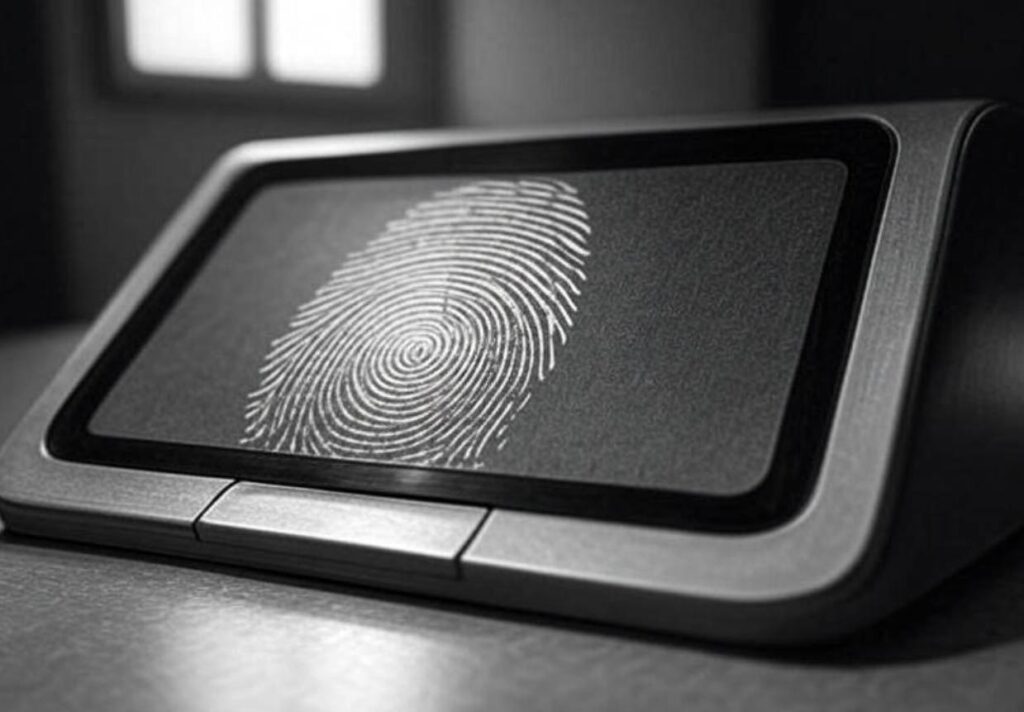Biometric Systems: Enhancing Security with Unique Physical Characteristics

As security concerns continue to rise, organizations are turning to cutting-edge technologies to ensure the safety and protection of their personnel and assets. Biometric systems have emerged as a key solution, providing added security by identifying individuals based on unique physical characteristics such as facial features, fingerprints, and iris patterns.
Biometric systems have numerous advantages over traditional identification methods such as passwords or ID cards. These systems are much harder to forge or replicate, reducing the risk of identity theft or fraud. They also eliminate the need for individuals to remember and manage multiple passwords, reducing the burden on IT departments and minimizing the potential for security breaches.
Facial recognition technology, one of the most commonly used biometric systems, utilizes algorithms to analyze an individual’s facial features and compare them to a database of stored images. This technology has numerous applications, from unlocking smartphones and accessing secure areas to identifying criminals and tracking individuals in public spaces.
Fingerprint recognition is another popular biometric system, utilizing unique patterns of ridges and valleys on the fingertips to identify individuals. This technology has long been used in law enforcement and border control, but it is now becoming more widely adopted by businesses and organizations seeking to enhance security.
Iris recognition, a more advanced biometric system, uses the unique patterns of the iris to identify individuals. This technology is highly accurate and secure, but it requires specialized cameras and lighting conditions, making it less practical for everyday use.
Biometric systems have numerous advantages, but they also raise concerns about privacy and security. Critics argue that these systems can be used to track individuals without their knowledge or consent, raising serious ethical questions. Additionally, the collection and storage of biometric data can be risky if not properly secured, leading to potential breaches or misuse.
To address these concerns, organizations should take a proactive approach to implementing biometric systems. They should carefully assess their needs and select the appropriate technology, taking into account factors such as accuracy, security, and privacy. They should also implement robust data security measures to protect sensitive information and comply with relevant regulations.
In conclusion, biometric systems offer a powerful tool for enhancing security and identifying individuals based on unique physical characteristics. As technology continues to advance, we can expect these systems to become even more accurate and secure, further reducing the risk of security breaches and ensuring the safety and protection of personnel and assets.